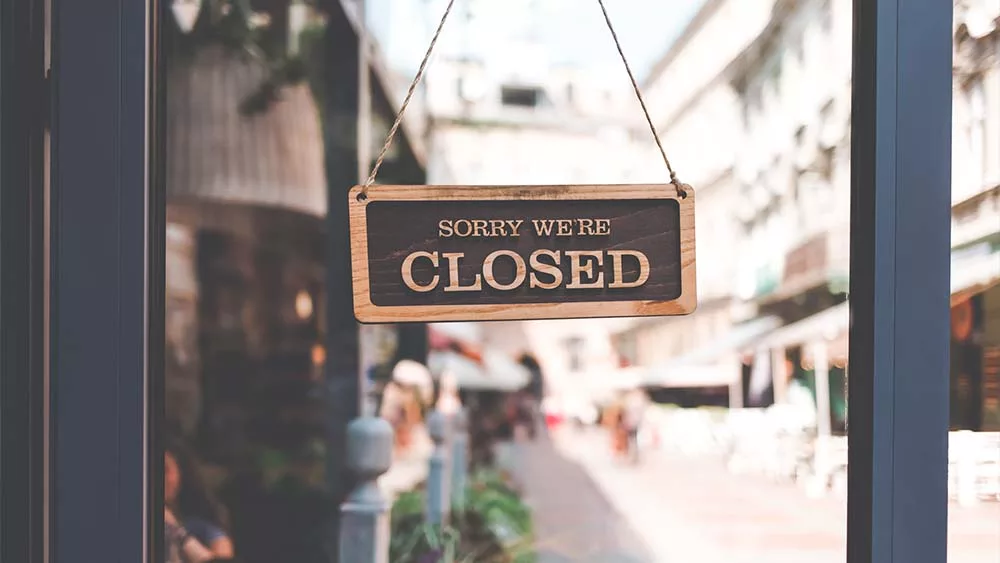How to Fix Restaurant Problems Caused by COVID-19
The COVID-19 pandemic had a significant impact on the restaurant industry. Many restaurants had to temporarily close or significantly reduce capacity due to government-mandated lockdowns and social distancing measures. Those that were able to stay open had to adapt to new protocols, which can be costly and time-consuming. In addition, the pandemic has caused disruptions that lead to shortages and increased costs. As a result, many restaurants have struggled to stay afloat financially, leading to widespread layoffs and permanent closures. Following are just a few examples of how to fix restaurant problems caused by COVID-19.
 Reduced demand:
Reduced demand:
Many restaurants and food establishments have had to close their doors or reduce capacity due to social distancing measures, resulting in a decrease in demand for their products and services. This has had a ripple effect on the entire industry, including suppliers and distributors. Restaurants can try to attract customers by offering discounts, promotions, or special deals. They can also focus on building a strong online presence and leveraging social media to reach a wider audience.
Supply chain disruptions:
The pandemic has caused disruptions in the supply chain, making it difficult for food and beverage businesses to obtain the ingredients and products they need to operate. This has led to shortages and price fluctuations. Restaurants can try to diversify their suppliers and build relationships with local farms and producers. They can also consider offering a smaller menu with fewer ingredients to simplify their supply chain.
 Shift to delivery and takeout:
Shift to delivery and takeout:
With dine-in options limited, many food and beverage businesses have had to pivot to offering delivery and takeout services. This can be a challenge for businesses that are not set up for this type of operation. There are a few steps that a restaurant can take to offer takeout and delivery service:
- Determine what types of food on your menu will travel well: Some dishes may not hold up as well during transport and may not be suitable for takeout or delivery.
- Invest in packaging: To ensure that food stays fresh and appealing during transport, it is important to use the right packaging. This may include containers with leak-proof seals, insulation for hot items, and sturdy bags or boxes.
- Set up an online ordering system: To make it easy for customers to place takeout and delivery orders, consider setting up an online ordering system. This can be done through a website or a third-party platform such as Grubhub or DoorDash.
- Promote the service: Once the service is set up, be sure to promote it to customers. This can be done through social media, email marketing, and in-store signage.
- Train staff: It is important to properly train staff on how to handle takeout and delivery orders to ensure that they are prepared and efficient. This may include instructions on how to package and label orders, as well as how to communicate with customers.
Safety concerns:
Ensuring the safety of customers and employees has become a top priority for the food and beverage industry. This includes implementing new measures such as face masks, sanitization protocols, and even payment options. Some steps that a restaurant can take to ensure COVID-19 sanitation procedures:
- Follow guidelines from the Centers for Disease Control and Prevention (CDC) and local health authorities: It is important to stay up-to-date on the latest guidance from the CDC and local health authorities and to implement their recommendations for preventing the spread of COVID-19.
- Implement frequent cleaning and sanitizing: Restaurants should regularly clean and sanitize high-touch areas such as door handles, countertops, and tables.
- Encourage handwashing: Encourage employees and customers to frequently wash their hands with soap and water for at least 20 seconds.
- Provide hand sanitizer: Make hand sanitizer available for employees and customers to use.
- Use contactless payment methods: Encourage the use of contactless payment methods such as mobile payments or gift cards to reduce the need for cash handling.
Mental health issues: 
The pandemic has taken a toll on the mental health of many food and beverage workers, who may be dealing with stress, anxiety, and isolation. This can impact their ability to work and provide a high level of service to customers. Restaurants can offer support to employees who may be experiencing stress or anxiety related to the pandemic. This can include providing resources such as mental health counseling or time off for self-care.
Labor shortage: 
During periods of closure caused by the pandemic, many food and beverage employees found gainful employment elsewhere such as in the growing gig economy. Restaurants can try to incentivize employees to come back to work, such as by offering higher pay or flexible scheduling. They can also try to hire temporary or part-time employees to fill gaps in staffing.
Despite these challenges, the food and beverage industry has shown resilience and adaptability in the face of the pandemic. Many businesses have found creative ways to continue serving their communities, whether it’s through delivery, takeout, or outdoor dining options. It’s important to continue supporting these businesses as they navigate these unprecedented times.
Read more news
Follow us on LinkedIn

